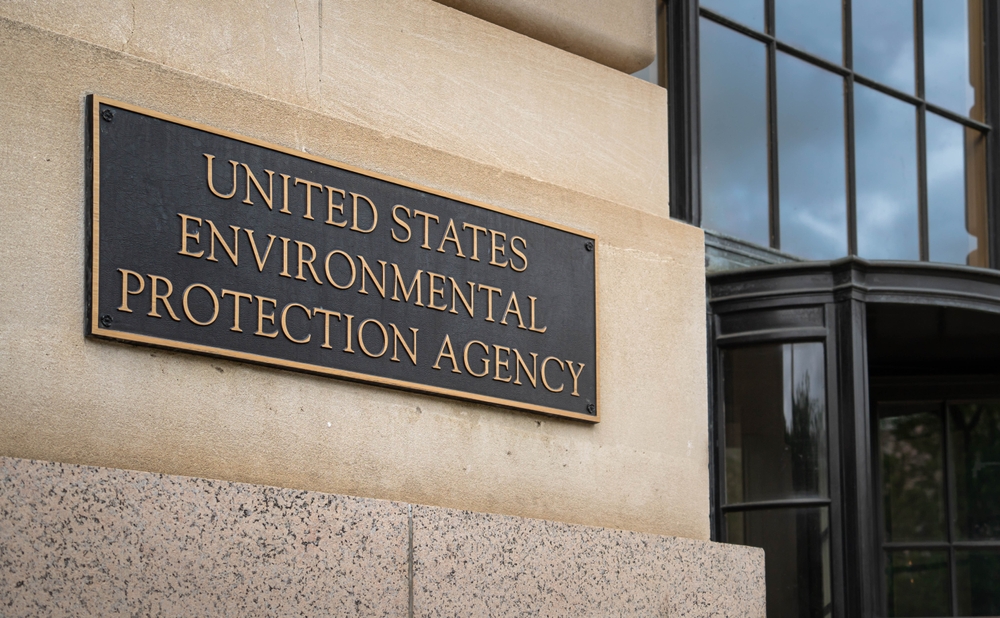Today is Memorial Day, which means the summer season is upon us. In addition to summer berries and iced coffee, most of us are also consuming more sunscreen this time of year. The Environmental Working Group (EWG) has released its latest Guide to Sunscreens to help you navigate protecting your skin and the environment this summer. Here are their top tips.
- Sunscreens should protect more against UVA. Good sunscreens protect against both UVA and UVB rays, but UVA rays can penetrate deeper and cause photoaging by damaging collagen. European countries have higher SPF standards that require UVA protection, but if you’re in the US, check that your sunscreen does too.
- Avoid products that contain oxybenzone. 40 percent of commercial sunscreen contains this potential endocrine disrupter that can affect hormone levels and reproductive health. Children can be particularly vulnerable to this hazard, so look for oxybenzone-free products.
- Know your SPFs. Double the SPF doesn’t necessarily mean double the protection. Researchers have found that most SPF 100 sunscreens offer only slightly higher protection than SPF 50. Make sure to reapply often no matter what SPF you’re using.
- Skip the spray. Spray and powder sunscreens can be alluring, especially if you have young, fidgety children, but researchers found they are not quite as effective as creams. It’s worth it to take the time to apply a cream for thicker coverage.
- Antioxidants can mask issues. Antioxidants are great, but in sunscreen, they can reduce inflammation and actually trick you into thinking you’re less burned than you are. If your body isn’t able to tell you you’re getting too much sun, you may accidentally overexpose yourself to harmful radiation. The takeaway? Keep your antioxidants in your food, not your sunscreen.
- Avoid products with vitamin A. Products high in vitamin A, such as retinol serums, can increase your skin’s sensitivity to the sun, but they are surprisingly common in sunscreens. Make sure to only use vitamin A products at night for better sun protection.
At this point you may be so overwhelmed you forgo going outside altogether. The good news is that there are 180 listed sunscreens that meet the EWG guidelines. Stick to avoiding key harmful ingredients, and opt for mineral options with zinc oxide or titanium dioxide for the simplest choice. Whichever type you choose, remember to reapply frequently and wear a hat or lightweight clothing if you’re going to be exposed to the sun for protracted periods of time.












